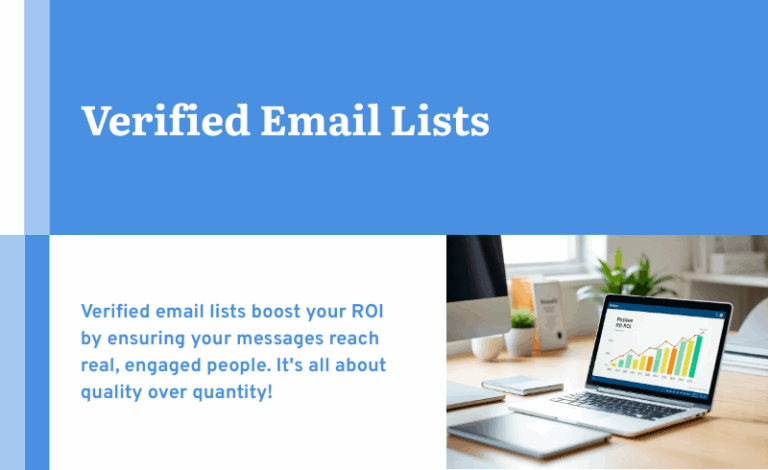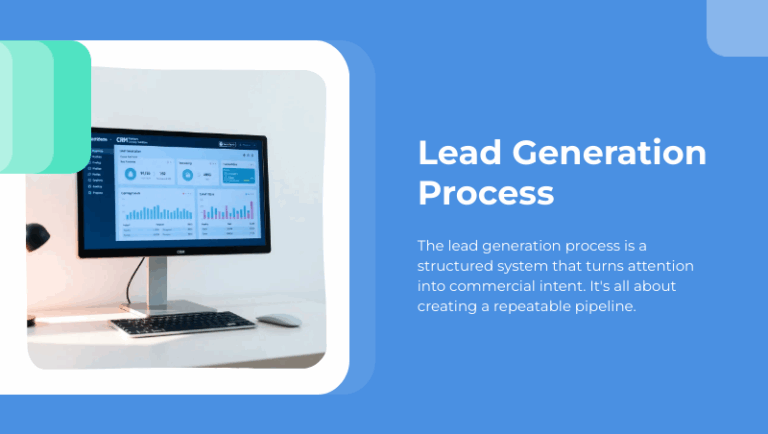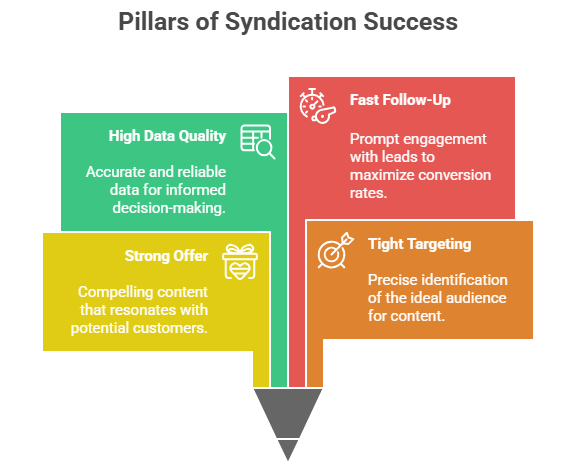
Marketing automation technology has the power to predict the future to some degree, showing you who your best customers are, where to find more like them, and how to delight them. The secret to its predictive ability isn’t a crystal ball; it’s rooted in data science. Big data analysis and data enhancement have revolutionized marketing as an industry. They can have a transformative effect on individual companies too. Where does all that data come from, though? Let’s take a look at how a marketing automation system learns what it needs to know.
Self-Reported Data
Much of what you know about your customer base comes from your leads themselves. Every time you ask them to fill out a form to download your latest white paper or subscribe to your email newsletter, you have an opportunity to gather key pieces of information that will in turn give you deeper insight into your audience as a whole. Self-reported data is particularly valuable because it comes from a primary source.
Data Enhancement
As useful as self-reporting is, it leaves gaps in your leads’ records. Data enhancement services fill those gaps by verifying the information you’ve collected and comparing it against a master database to give you more complete customer records. Using subscriber lists, trade show attendee rolls, buying histories, change-of-address forms, and other well-established sources, data enhancement experts build a better customer profile. You can also discover additional firmographic and demographic details through data enhancement that your customers might not know about themselves – organization-wide buying habits, for instance, or commonalities with other audience segments are useful for marketers to know.
Web-Based Information Gathering
Anonymously tracked data is also tremendously useful even though it’s unconnected to individual leads, and website data gathered about anonymous visitors can reveal a great deal of information to marketers who know how to use it. From knowing more about overall traffic patterns, how leads enter your site, and what they do as they move through it, you get a clearer picture of what they want so you can deliver more of it.
Search Engine Data
You experience the power of big data in action every time you type in the first few letters of a search term to Google or Bing and get predictive text completing your thought for you. Search engines’ ability to predict what you’re looking for can be uncannily accurate, but there’s no magic here; out of trillions of queries, powerful data-crunching algorithms can get a good idea of which queries are most common. The aggregate data gathered from search engines informs your content marketing team and SEO experts about keywords that bring in valuable organic traffic.
Social Media
Leads moving through social media leave digital footprints. It’s possible for marketers using automation technology to trace their paths and see which way they’re headed, pointing out nascent trends and granting access to new and untapped markets. By using big data, marketers also learn more about what their audience wants. Those likes, retweets, and follows really do make a difference when viewed through the lens of bigger data trends.
Transactional Data
Online transactions also leave records, and these records form the basis for deep insight into your leads’ sales readiness. Past buying histories are valuable predictors for future buys from customers, but even leads who haven’t yet converted to customers may still have transactional data from other sources attached to them. This information’s available through data enhancement too.
© Reach Marketing LLC 2016 All Rights Reserved.



